What Makes a Good Hitting Drill?
There are literally millions of hitting drills available on the web right now, many of them are good, but many of them are just plain counterproductive. When you are a looking for a good hitting drill for your player or team, make sure it accomplishes one ore more of the following criteria.
1.) Promote a proper hitting position (body position at foot strike)
2.) Promote decision making and introduces cognitive interference (ideally with ball traveling toward hitter, but not always possible)
3.) Doesn't deviate too far from a normal swing. Many hitting drills (such as one handed drills) don't simulate what happens in a normal swing.
4.) Promotes proper sequencing of the swing (generating force from the ground, through the core to the hands).
5.) Develops a proper swing plan, in plane with an incoming pitch.
6.) Promotes proper weight transfer.
7.) Isolates one aspect of the swing while promoting proper movements throughout.
8.) Allows for visualization if the ball is not traveling toward them (on a tee).
9.) Promotes hitting the inside of the ball.
Hitting drills can be very beneficial, but doing the wrong drills can be detrimental.
Stay away from any drill that puts an object behind the tee and makes them swing over the top of it to hit the ball. The swing path simply shouldn't work that way. They will be on path with the ball for such a short period of time, they will have to have almost perfect timing to make solid contact with the ball.
Also avoid drills that isolate the hands and don't use the body. In the BBCOR era of high school and college baseball, sequencing the swing properly and being connected is more important than every. In the BESR era, if you hit the ball on the barrel it would go. Now, the hitter has to be connected to drive the ball.
With so many hitting drills available, it is imperative that you decide which ones will be beneficial, and which will be detrimental.
More from my site
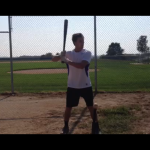 The Number One Problem With High School Hitters
The Number One Problem With High School Hitters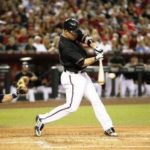 Opposite Field Hitting: Theory, Cues, and Drills (2 FREE Reports at the End)
Opposite Field Hitting: Theory, Cues, and Drills (2 FREE Reports at the End)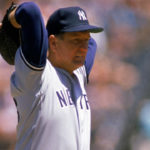 Preventing Pitching Injuries (Tommy John): The Coach’s Role
Preventing Pitching Injuries (Tommy John): The Coach’s Role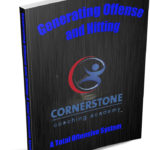 My son has great mechanics, but can’t hit!
My son has great mechanics, but can’t hit! The Right and Wrong Way to Handle Hitting Slumps
The Right and Wrong Way to Handle Hitting Slumps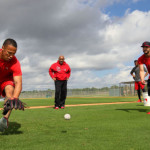 The Toughest Defensive Play Your Pitcher Will Face and How to Defend It
The Toughest Defensive Play Your Pitcher Will Face and How to Defend It
 Posted by Kyle Nelson
Posted by Kyle Nelson- Posted in Uncategorized
 Mar, 18, 2014
Mar, 18, 2014 1 Comment.
1 Comment.
Elite members login here
Check out what’s New/Hot!
Recognizing, Diagnosing, and Fixing Common Hitting Flaws eCourse The 3 metrics we tested on Blast motion sensors this year Sneak Peek Inside an Elite Q and A The batting practice continuum Elite Member’s area table of contents 50+ “Chaos” hitting drills
5 sample Chaos hitting drills FREE
Mental Skills and Culture Building The hitting pyramid Welcome Elite Member, Trey! Ideas for a pitcher first practice 12 week bat speed improvement plan Make plans this offseason to have your team playing their best baseball at the end of the year” Top 5 hitting drills to translate practice skill to game performanceHow we used Blast Motion sensors with a team in 2019
What to do if your hitters are overmatched Welcome Elite Member, Tommy! Setting your baserunners up for success Welcome Elite Member, Mike! A consulting call with Elite Member Matt FREE Web Clinic: Developing Athletic, Consistent, Extraordinary Infielders
 Coach Kyle Nelson
Coach Kyle Nelson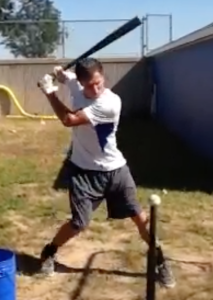
[…] This article is brought to you by the folks at Cornerstone Coaching Academy: https://www.cornerstonecoachingacademy.com/makes-good-hitting-drill/ […]